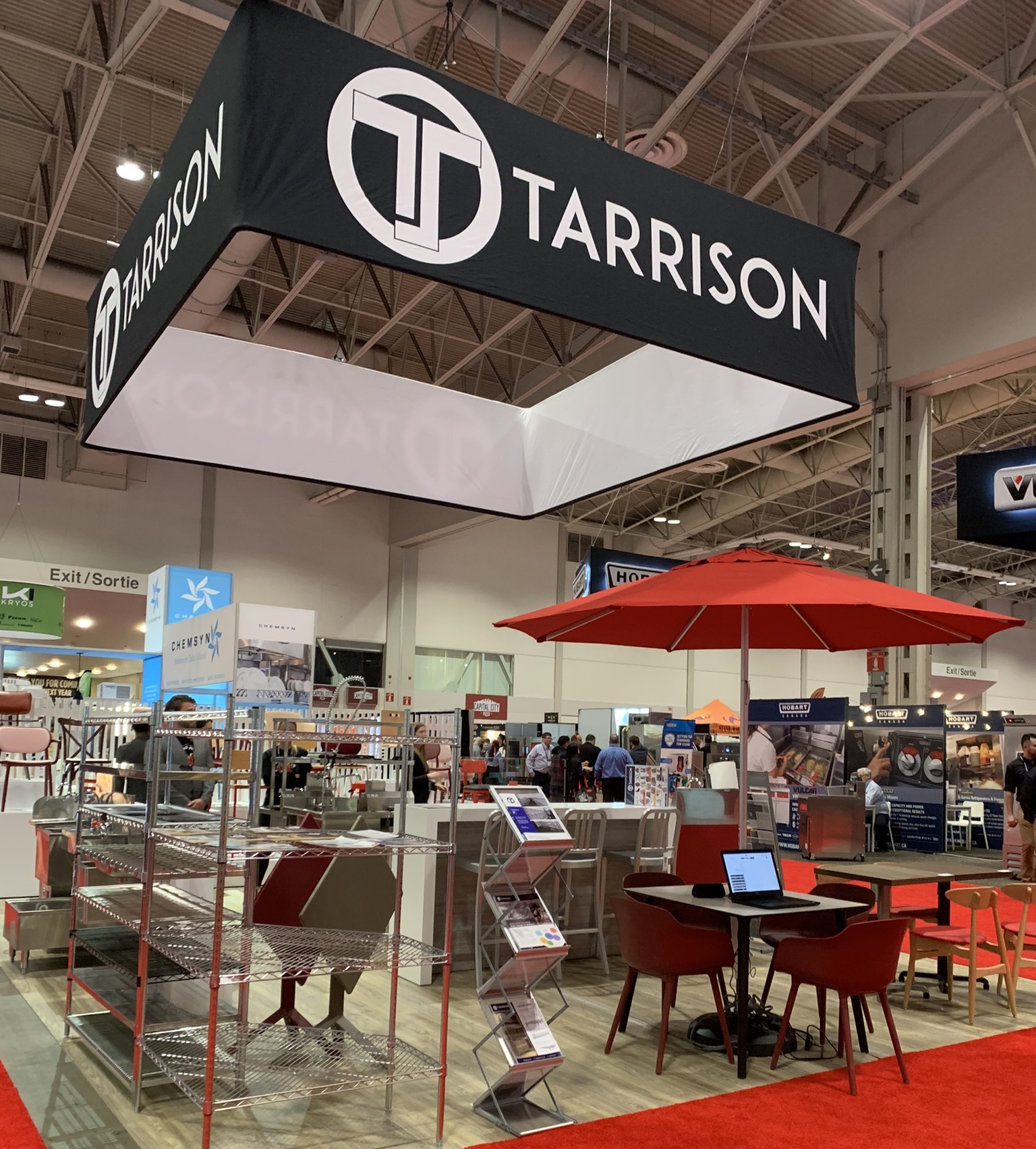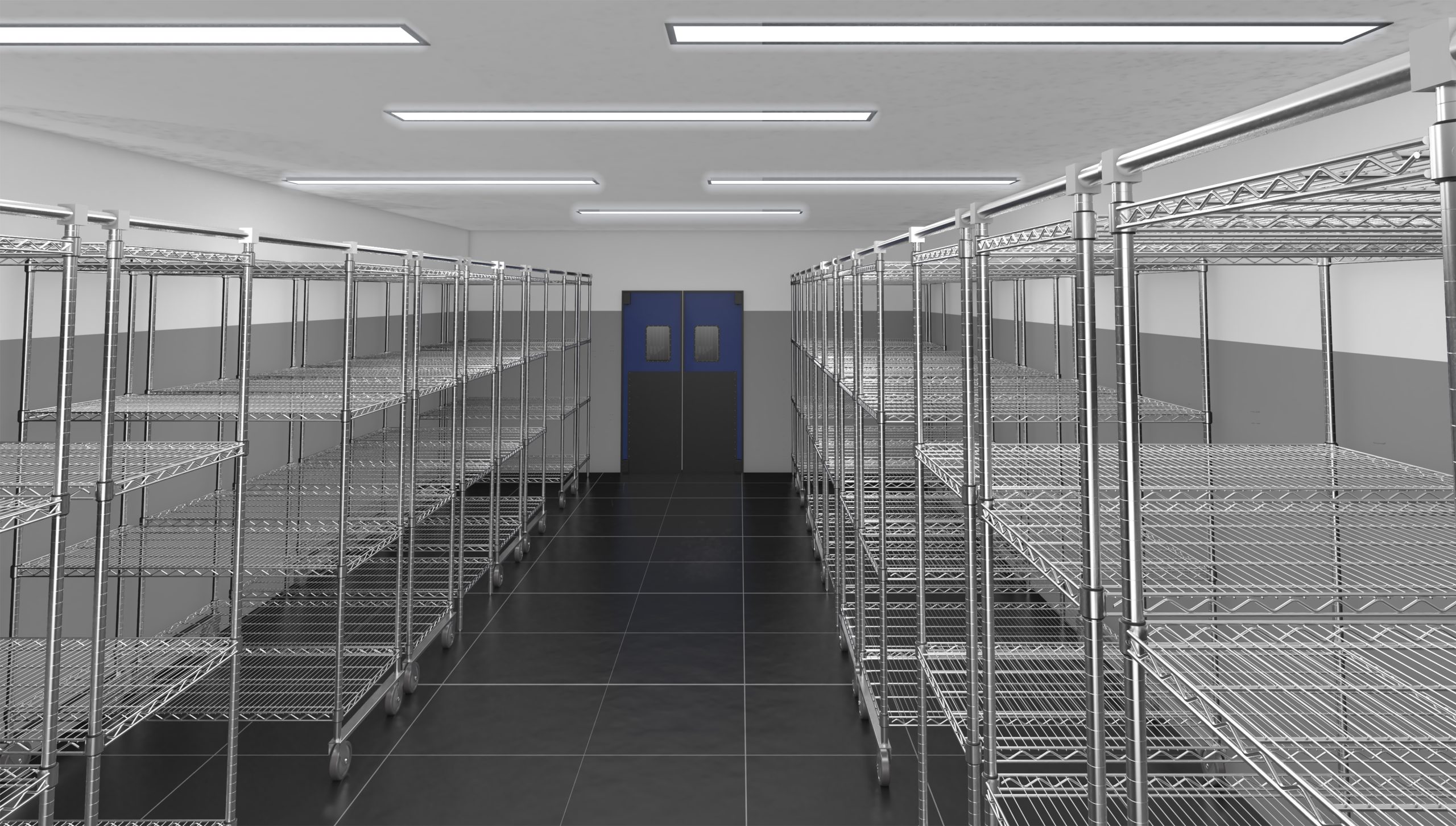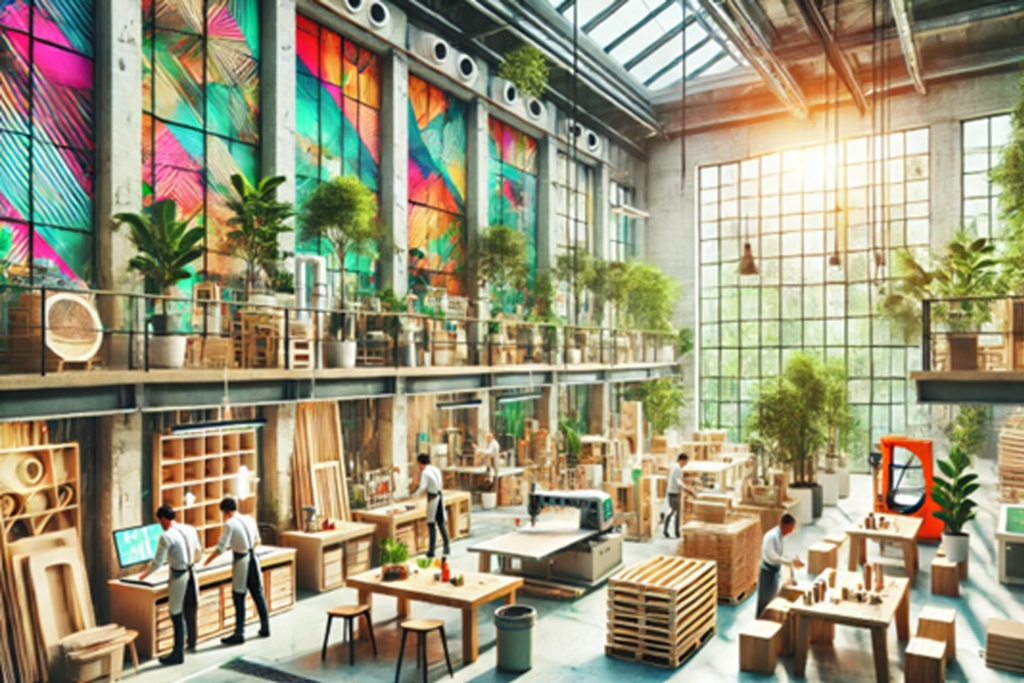 In the bustling world of foodservice and hospitality, the spotlight often shines brightest on the latest culinary trends or the newest boutique hotel. However, the unsung hero of creating memorable guest experiences often lies behind the scenes in the form of quality kitchen equipment and meticulously designed fixtures. Reflecting on our recent experience at the Restaurants Canada Show, where we had enlightening conversations about the challenges and opportunities facing the hospitality industry, it’s clear that the critical importance of quality resonates deeply with industry professionals.
In the bustling world of foodservice and hospitality, the spotlight often shines brightest on the latest culinary trends or the newest boutique hotel. However, the unsung hero of creating memorable guest experiences often lies behind the scenes in the form of quality kitchen equipment and meticulously designed fixtures. Reflecting on our recent experience at the Restaurants Canada Show, where we had enlightening conversations about the challenges and opportunities facing the hospitality industry, it’s clear that the critical importance of quality resonates deeply with industry professionals.
During the RC Show, we had numerous enlightening conversations about the challenges and opportunities facing the hospitality industry. One prominent theme that emerged from our discussions was the critical importance of quality in every aspect of operations, from furniture and equipment to service and experience. This blog post delves into the critical importance of these elements and how they serve as the backbone of profitability, sustainability, and customer satisfaction in the hospitality industry.
The Foundation of Profitability: Quality Equipment and Expert Consultation
One of the first steps in ensuring the success of any foodservice operation is recognizing the value of investing in high-quality kitchen equipment.

Quality equipment doesn’t just perform better; it lasts longer, reducing the need for frequent replacements and
thereby lowering long-term costs. Moreover, equipment that is customized to fit the specific needs of a location and its menu not only enhances efficiency but also ensures that each dish can be prepared to perfection, contributing significantly to customer satisfaction and repeat business.
In this context, hiring a kitchen consultant emerges as a strategic move. A consultant brings a wealth of experience and expertise, providing insights into the best equipment choices and kitchen layouts to optimize workflows and maximize profitability. They help bridge the gap between the culinary vision and operational efficiency, ensuring that foodservice sales are not just sustained but grown. According to a report by the Foodservice Consultants Society International (FCSI), establishments that engage with kitchen consultants often see marked improvements in profitability, attributed to better-designed kitchens and more informed equipment purchasing decisions.
The Cornerstone of Kitchen Durability: Stainless Steel
The choice of materials for kitchen equipment like tables, sinks, and cabinets cannot be overlooked, with stainless steel standing out as the industry standard. However, not all stainless steel is created equal. The foodservice industry strongly favors 300 series stainless steel over the 400 series, primarily due to its superior corrosion resistance and durability. The 300 series’ resilience against rust and deterioration is crucial in the harsh, moisture-rich environment of commercial kitchens. According to the American Iron and Steel Institute, the 300 series stainless steel contains more chromium and nickel, enhancing its corrosion resistance—a vital feature for maintaining hygiene and equipment longevity in foodservice applications.
Elevating Efficiency with Smart Storage Solutions
Proper storage and material handling are essential for maintaining an efficient and safe kitchen environment. The importance of investing in high-quality, properly treated wire shelving for walk-in coolers cannot be overstated. These units must withstand cold, damp conditions without corroding, ensuring food safety and longevity of use. Furthermore, sturdy shelving designed to bear heavy loads without bowing or toppling is critical. Not only does this prevent accidents and injuries, but it also protects inventory from damage. The National Sanitation Foundation (NSF) sets standards for commercial food equipment, recommending materials and construction that can support heavy weights and resist environmental stressors, highlighting the necessity for durable, safe storage solutions in foodservice settings. 
Trends and Attention to Detail: The Secret Ingredients for Success
The correlation between foodservice sales and the quality and thoughtfulness put into kitchen planning is undeniable. As consumer expectations evolve, so does the importance of leveraging the latest trends and technologies in kitchen equipment. For instance, energy-efficient appliances not only reduce operational costs but also appeal to the growing segment of environmentally conscious consumers.
Simultaneously, the design and atmosphere of dining spaces have become increasingly significant, especially in attracting younger generations. A report by the National Restaurant Association highlighted that interior design trends, such as open kitchens, sustainable materials, and unique, Instagram-worthy decor, play a pivotal role in drawing in Millennials and Gen Z customers. These trends underscore the value of aligning every aspect of the dining experience with the expectations and values of today’s consumers.
Crafting Experiences: Interior Design and Furniture Selection
The role of interior design in shaping a restaurant or hotel’s ambiance cannot be overstated. It’s not just about aesthetics; it’s about creating an environment that encapsulates the brand’s identity, vibe, and values. Effective design considers everything from spatial flow and lighting to sound management, creating an immersive experience that resonates with guests. For instance, a study pointed out that sensory elements like lighting and music could significantly affect a guest’s perception of their experience, directly influencing their likelihood to return.
Equally important is the choice of furniture. Furnishings should not only complement the interior design but also withstand the rigors of daily use. Investing in high-quality, durable furniture can enhance the overall guest experience while ensuring that the establishment’s visual appeal is maintained over time. According to Hospitality Design magazine, furniture plays a critical role in defining a space and can be a major factor in attracting and retaining customers, particularly when it aligns seamlessly with the brand’s design ethos.
Ensuring Safety and Durability in Furniture Selection

When furnishing dining areas, selecting furniture built specifically for commercial use is non-negotiable. Commercial-grade chairs and barstools should feature robust construction with stringers and supports to handle the rigorous demands of high-traffic environments. Fabrics used in seating must be treated for stain resistance and durability, ensuring they can withstand spills and frequent cleaning without degrading. The finishes on tables and chairs should be durable enough to resist scratches and dents, maintaining their aesthetic appeal over time. The Business and Institutional Furniture Manufacturer’s Association (BIFMA) provides guidelines for commercial furniture, emphasizing the importance of safety, durability, and ergonomics in design. This underscores the need for establishments to invest in furniture that is not only visually appealing but also built to last and safe for both staff and patrons.
Conclusion
The success of foodservice and hospitality ventures relies heavily on the quality and specificity of their infrastructure. From choosing the right materials for kitchen equipment to implementing efficient storage solutions and selecting durable, safe furniture, each decision plays a crucial role in shaping the operational efficiency and guest experience. Establishments that prioritize these elements, guided by industry standards and expert consultations, set themselves up for long-term success, profitability, and customer satisfaction. Investing in the right infrastructure is not merely an operational expense but a strategic investment in the future of the business, ensuring that it can meet the demands of today’s dynamic foodservice and hospitality landscape.
This comprehensive approach, backed by informed decisions and quality investments, not only enhances the immediate appeal of an establishment but also secures its reputation and profitability in the competitive hospitality industry. By adhering to industry standards and prioritizing durability, safety, and design, businesses can ensure they provide memorable experiences that keep guests returning.
Reflecting on our experience at the Restaurants Canada Show and the enlightening conversations we had, it’s clear that the industry is at an exciting juncture, poised for significant growth and transformation. In fact, much of the emerging trends and research also demonstrate that the landscape of foodservice and hospitality is evolving rapidly. Here are some key trends and trajectories:
Foodservice Industry Growth and Trends
- Sales Milestone: The foodservice industry is expected to reach a historic high, with sales forecasted to top $1 trillion. This growth is partly fueled by an increase in employment within the sector, which is projected to add 200,000 jobs, bringing total industry employment to 15.7 million by the end of 2024 (National Restaurant Association).
- Consumer Behavior and Quick Service Restaurants (QSRs): The demand for QSRs is on the rise due to changes in consumer behavior, with a significant increase in the average order value. This trend is driven by consumers’ busy schedules and a growing preference for takeaway and home delivery services (Mordor Intelligence).
- Technological Integration: Both the front and back ends of foodservice operations are increasingly relying on technology to improve efficiency and customer experience. This includes the use of digital platforms for orders, which now account for a significant portion of all orders placed (Foodservice Equipment & Supplies).
Hospitality Industry Growth and Trends
- Global Expansion: The hospitality sector continues to expand, with an estimated 2,707 new hotels expected to open their doors globally in 2024. This expansion reflects the sector’s recovery and growth following the pandemic-induced downturn (Hospitality Insider).
- Employment Recovery: The Travel and Tourism sector is showing a steady increase in employment, indicating a recovery path from the pandemic’s impact. However, the full recovery, especially in staffing for hotels, is anticipated by 2025 (Hospitality Insider).
- Travel Trends: The travel and tourism industry is experiencing a resurgence in both domestic and international travel. Business travel is evolving with the “bleisure” trend, where professionals combine work and leisure travel, expected to significantly impact the industry (Hospitality Insider).
Additional Insights
- Off-Premise Dining and Digitalization: There’s a growing trend towards off-premise dining, with restaurants needing to adapt their operations and designs to cater to both in-house diners and delivery. This includes optimizing delivery and collection methods and using creative, high-quality packaging (Hospitality Insider).
- Healthier Options for Children: Menus catering to children are evolving beyond standard fare to include healthier, globally-inspired options with high-quality ingredients (Hospitality Insider).
- Innovative Drink Menus: Bars and restaurants are diversifying their drink offerings to cater to evolving tastes, including a focus on local craft beers, specialty wines, and an increasing demand for mocktails and non-alcoholic drink pairings (Hospitality Insider).
 +1 (905) 825 9665
+1 (905) 825 9665


